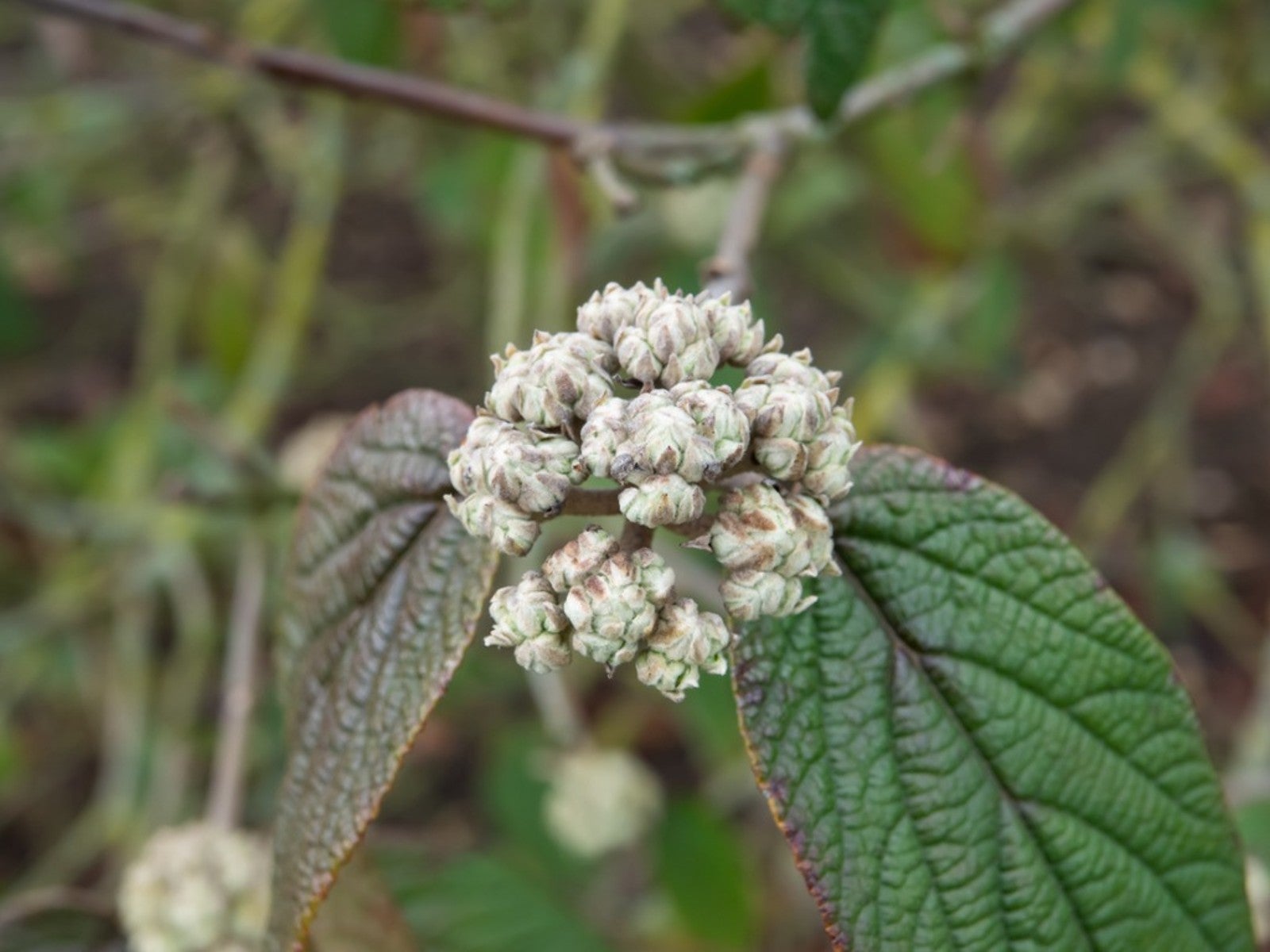Leatherleaf Viburnum Care: Growing A Leatherleaf Viburnum


Are you looking for a showy shrub for a shady location where most shrubs fail to thrive? We may know just what you're looking for. Read on for tips on growing a leatherleaf viburnum plant.
Leatherleaf Viburnum Information
Leatherleaf viburnum (Viburnum rhytidophyllum) is one of a number of attractive viburnum shrubs. The leatherleaf viburnum's creamy white blossoms never fail, even when the shrub is planted in the shade. Bright red berries appear after the flowers fade, gradually changing to shiny black. The berries attract birds and last well into December.
In most parts of its range, leatherleaf viburnum is a broadleaf evergreen, but in the coolest areas, it is only semi-evergreen. You'll be surprised at how easy it is to care for this hard-working shrub.
Leatherleaf Viburnum Care
Growing leatherleaf viburnum is a snap in a location with either full sun or partial shade. It needs well-drained soil and isn't picky about the consistency. You can grow it in U.S. Department of Agriculture plant hardiness zones 5 through 8. It is deciduous in the cooler zones and evergreen in warmer areas. In zones 5 and 6, plant the shrub in an area protected from harsh winter winds and ice accumulation.
Leatherleaf viburnum needs very little care. As long as the soil is of average fertility or better, you don't need to fertilize. Water during prolonged periods of drought.
The shrub begins to form buds for next year's flowers soon after the current flowers drop off, so prune right after the flowers fade. You can rejuvenate overgrown or ragged leatherleaf viburnums by cutting them down to ground level and letting them regrow.
Plant leatherleaf viburnum shrubs in groups of three or five for the best effect. They also look great in mixed shrub borders where you can combine this mid spring blooming shrub with others that bloom in early spring, late spring, and summer for year-round interest.
Sign up for the Gardening Know How newsletter today and receive a free copy of our e-book "How to Grow Delicious Tomatoes".
It also looks great as a specimen plant where it makes a showy display in spring when the flowers are in bloom, and in summer and fall when the berries hang from the branches. The butterflies that visit the flowers and the birds that eat the berries add interest to the shrub as well.

Jackie Carroll has written over 500 articles for Gardening Know How on a wide range of topics.